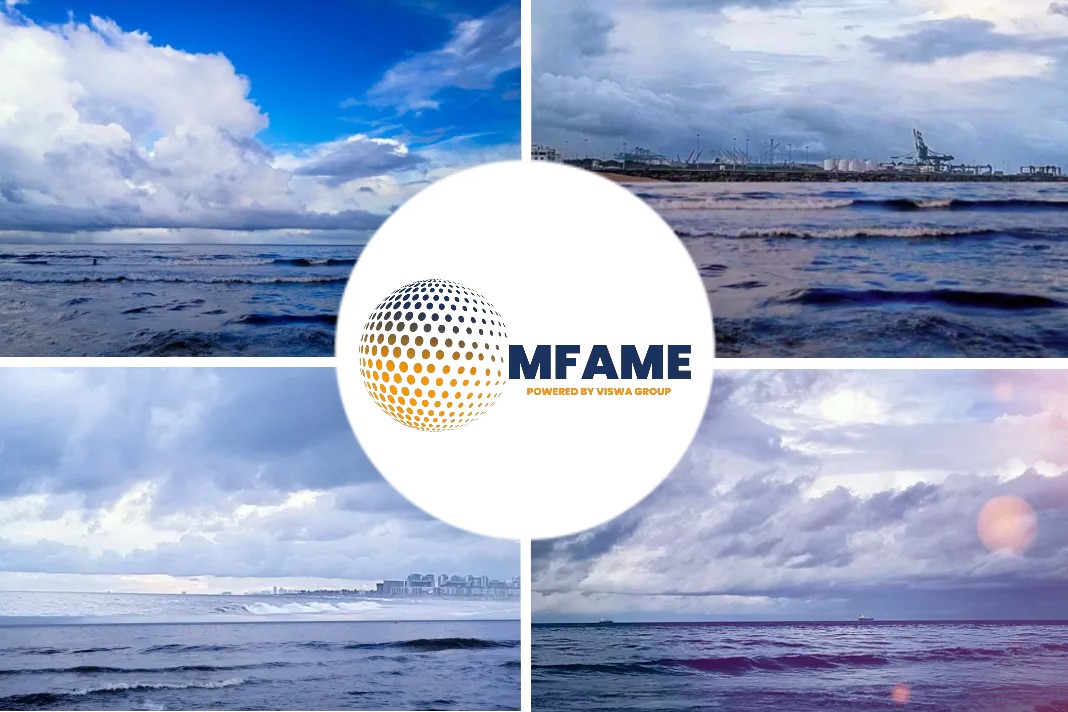Every year, the shipping industry continues to develop. Whether the drivers are regulation, market fluctuations, new technologies or something completely different, the only thing you can know for sure is that few aspects will stay the same as before writes Jacob Wiklund for tendereasy.
So, when planning for future shipping needs, and future freight tenders, it is vitally important that the organization is aware of global shipping trends, so that any emerging issues can be anticipated and adapted to the best.
In that spirit – let’s consider a few of the prevailing shipping trends for 2018.
-
Consolidation will continue
Unsurprisingly, we’re likely to see the trend of recent years continue. With consolidations squeezing smaller operators out of the market, we’ll soon be able to count the major global carriers on our ten fingers. Already today, the 10 largest operators control 60-70% of the global capacity.
2019 is likely to bring further consolidations as well as bankruptcies, as smaller players continue to be pressed out of the market. Tied to this is the continued development of alliances. Thing like vessel sharing agreements will have a significant impact on the industry, affecting terminal locations, vessel rotations, etc.
Yet again, the smaller companies stand to draw the shorter straw in development of this nature.
-
Governmental policy changes
In more ways than one, global relations seem to be going through significant changes at the moment. Again, the only thing that seems certain is that no one knows anything for certain. What will happen with NAFTA? Will the US upset any more trade partners? Are more tariffs going to be imposed between previously free trading countries and unions?
Add ongoing Brexit negotiations to the mix and it is more than clear enough that we are facing uncertain times for the global ocean freight market.
To stay on top of the situation, companies need to continuously monitor the regulations and trade agreements that directly affect their operations. Larger companies with a global footprint need to devote considerable resources to preparing for the inevitable changes.
-
Container liner oversupply
Another modest prediction is that the issues of oversupply in the container liner market that has been prevalent over the last few years will hold on. Although the issue is not as bad as it once was, the industry still needs to address the challenges of oversupply – driven mostly by fleet expansion – that has been a common theme over the last few years.
On the back of the oversupply for the container liner business, a stagnant growth rate is to be expected over the near future. Meanwhile, the container liner industry will also see further consolidation, resulting in cost reductions, network developments, etc.
So there they are – some of the most prevalent trends of 2019. All of these developments and more are of importance to you as a supply chain manager, not least when performing freight tenders. Having knowledge about the macro fluctuations will give you the power to set the demands you need to stay one step ahead of the game in freight procurement.
Did you subscribe for our daily newsletter?
It’s Free! Click here to Subscribe!
Source: tendereasy
























This is very informative post for me. thanks for sharing it.